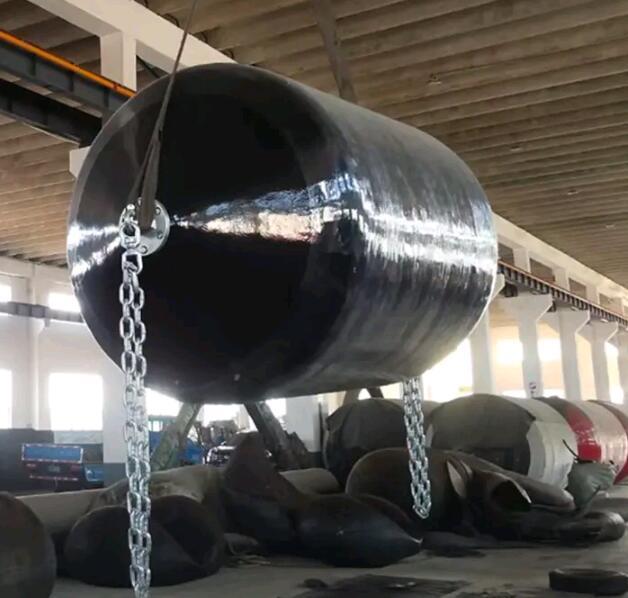Marine Rubber Fender: The Key to Reducing Vessel Damage and Downtime
Marine rubber fenders are critical components in the maritime industry, playing a vital role in protecting ships, docks, and port infrastructure from damage during berthing and mooring operations. As versatile cushioning devices, marine rubber fenders absorb kinetic energy and prevent costly impact damage to vessels and port facilities.
Marine rubber fenders are shock-absorbing devices installed on the hulls of ships or along the edges of piers and docks. Made from durable rubber materials, these fenders serve as a protective barrier between a ship and the quay or another vessel during docking maneuvers. Their main function is to absorb and distribute the energy generated when a ship comes alongside a pier, thereby minimizing damage to both the vessel and the dock infrastructure.
These fenders come in various shapes and sizes, such as cylindrical, cone, arch, or cell fenders, designed for different marine applications and vessel types. The rubber material offers excellent resistance to abrasion, weather conditions, and UV exposure, making these fenders reliable even in harsh marine environments.
When a ship approaches a dock or another ship, the momentum creates forceful impacts that can cause structural damage. Marine rubber fenders absorb this impact, protecting the ship's hull from dents, scratches, or structural weakening. This protection extends the lifespan of vessels and reduces maintenance costs.
Ports and docks are significant investments for maritime operations. Fenders installed on quay walls, piers, or floating platforms prevent damage from repeated contact with vessels, preserving the structural integrity of these facilities. This ensures smooth port operations without costly repairs or downtime.

https://www.zjtcgm.com/product/pneumatic-fender/marine-vessel-ship-yokohama-pneumatic-rubber-fender.html
Marine Vessel Ship Yokohama Pneumatic Rubber Fender are considered the leading anti-collision devices for marine applications. They play an active role as a protective medium against collision in ship-to-ship contacts (STS), and ship-to-berthing.
- Questions and Answers
- Opinion
- Motivational and Inspiring Story
- Technology
- Live and Let live
- Focus
- Geopolitics
- Military-Arms/Equipment
- Security
- Economy
- Beasts of Nations
- Machine Tools-The “Mother Industry”
- Art
- Causes
- Crafts
- Dance
- Drinks
- Film/Movie
- Fitness
- Food
- Games
- Gardening
- Health
- Home
- Literature
- Music
- Networking
- Other
- Party
- Religion
- Shopping
- Sports
- Theater
- Health and Wellness
- News
- Culture

